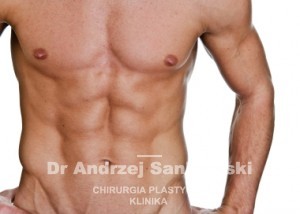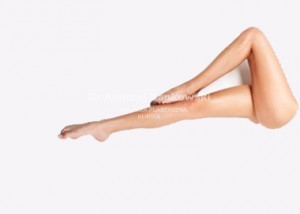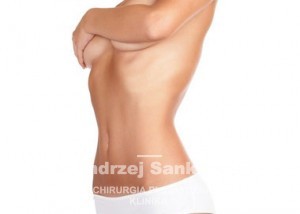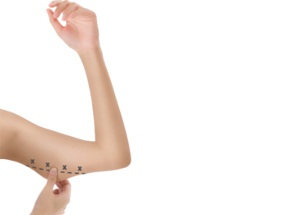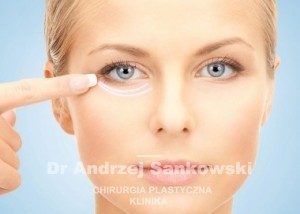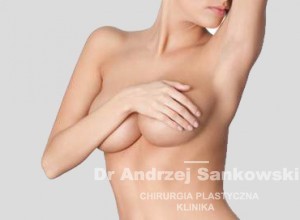Liposuction
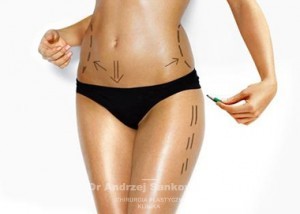
This procedure consists in removing adipose tissue by slight incisions of the skin of adipose tissue, which distorts the body. The fat deposits located around the hips, thighs, buttocks, stomachs, as well as calves, knees, arms, chin and even cheeks are usually removed in this way.
Adipose tissue suction is often combined with other plastic surgery. This allows you to enhance the effect of, for example, facial artifacts by taking adipose tissue from the abdomen. Liposuction gives the best results in lean or not too obese patients who want to get rid of adipose tissue from certain parts of the body. However, the treatment brings positive results also in obese patients, as it reduces the total weight of body fat, which facilitates further weight loss. Thanks to the operation, it is possible not only to model shapes, but also with the use of a special method of handling (so-called superficial liposuction) to eliminate the unevenness on the skin (known as orange peel) characteristic of cellulitis.
GOAL
Liposuction is aimed at getting rid of excess adipose tissue stored locally, in a situation when sport or various massages do not give any results. Such a procedure is usually performed in people with a thin silhouette to improve the contours of the body. Liposuction, helps to remove fat in difficult places, e. g. breeches – the outer part.
PREPARATION
Before the procedure, a conversation is held with a doctor who discusses the course of the procedure and checks the patient’s skin condition. The doctor must be aware of all the medications the patient takes and the diseases he/she has suffered is suffering from.
CONTRAINDICATIONS
Most common contraindications:
- Lower limb varices
- too loose skin
- severe overweight
- severe and chronic diseases
TESTS FOR THE PROCEDURE
- blood type
- morphology with blood smear, ESR
- coagulogram (APTT, Prothrombin Ratio, INR)
- fasting blood glucose level
- ionogram, urea, creatinine
- Antigen HBS, HIV, HCV
- ECG with description
- chest radiograph
- electrolites (K, Na)
- nose smear
- urine test
TYPE OF ANAESTHESIA
The procedure is performed under local, epidural or intravenous anaesthesia.
DURATION OF THE PROCEDURE
The procedure lasts between 1 and 3 hours.
POSTOPERATIVE SYMPTOMS
Your doctor will place the dressing, immediately after the procedure, you may not feel best. The bruises, slight swelling, a small trace of the cannula introduced, are symptoms after such a procedure. A compression underwear is put on the patient, which must be worn for up to 8 weeks.
COURSE OF CONVALESCENCE
Wearing compression underwear is a necessity, we only take it off to the bath.
POSSIBLE COMPLICATIONS
Most common complications:
Most common complications:
- pulmonary embolism
- fat embolism
First of all, you should listen to the doctor’s recommendations before and after the surgery, to protect yourself from possible complications.
TIME SPENT IN THE CLINIC/ABSENCE
The patient stays in the clinic for 1 day and the time of absence is about 2 weeks.
PROCEDURE’S EFFECTS
The end result is visible after 3 months. Keeping your weight constant, not smoking, using high filters during sun exposure contribute to better and longer lasting effects of the procedure.


